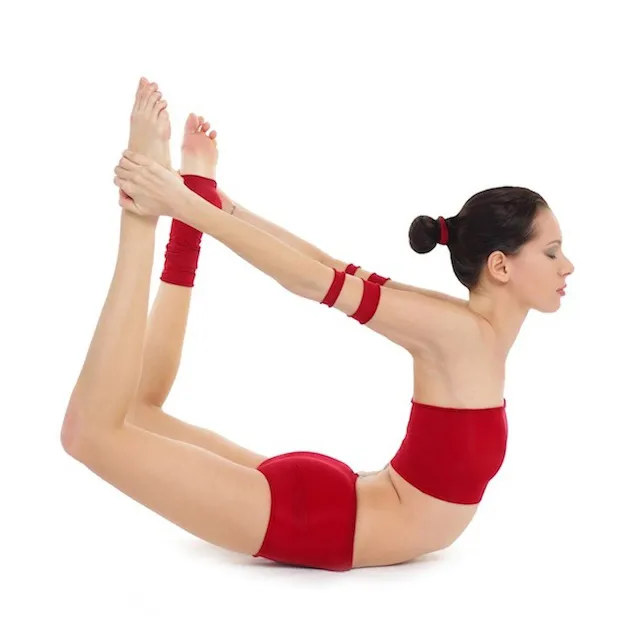Introduction:
Welcome to an informative article on International Yoga Day 2023. In this article, we will explore the significance of this global celebration, delve into the history behind it, discuss the philosophy of yoga, and highlight the numerous benefits of practicing yoga. Whether you are a seasoned yogi or someone interested in starting their yoga journey, this article will provide you with valuable insights and knowledge.
The Significance of International Yoga Day:
International Yoga Day is a global event celebrated on June 21st every year. It serves as a reminder of the importance of yoga in promoting holistic well-being, both physically and mentally. The day aims to raise awareness about the benefits of practicing yoga and inspire individuals to incorporate it into their daily lives.
History of International Yoga Day:
The idea of International Yoga Day was proposed by Prime Minister Narendra Modi of India during his address to the United Nations General Assembly in 2014. The proposal received overwhelming support from the international community, and on December 11th, 2014, the United Nations declared June 21st as International Yoga Day. Since then, it has been celebrated with great enthusiasm in various countries across the globe.
The Philosophy of Yoga:
At its core, yoga is more than just physical exercise; it is a philosophy that encompasses the mind, body, and spirit. The word “yoga” originates from the Sanskrit word “yuj,” which means to unite or join. Yoga aims to create harmony between the individual’s body, mind, and consciousness, leading to a state of balance and inner peace.
Benefits of Practicing Yoga:
The practice of yoga offers a multitude of benefits for individuals of all ages and fitness levels. Regular yoga practice can improve flexibility, strength, and balance. It enhances respiratory functions, reduces stress, promotes relaxation, and increases mindfulness. Additionally, yoga has been shown to alleviate certain medical conditions and enhance overall well-being.
Different Styles of Yoga:
There are various styles of yoga, each with its unique focus and approach. Some popular styles include Hatha yoga, Vinyasa yoga, Ashtanga yoga, Bikram yoga, and Kundalini yoga. Each style offers its own set of techniques, poses, and benefits. Exploring different styles can help individuals find the one that resonates with them the most.
Yoga Poses and Asanas:
Yoga poses, also known as asanas, are physical postures practiced during yoga sessions. These poses aim to improve strength, flexibility, and balance. Some common yoga poses:-




Yoga and Mental Health:
In addition to its physical benefits, yoga has a profound impact on mental health. The combination of deep breathing, mindful movement, and meditation cultivates a sense of calm and tranquility. Yoga has been shown to reduce anxiety, depression, and stress levels. It promotes emotional well-being and helps individuals develop resilience in the face of life’s challenges.
Yoga and Mental Health
In addition to its physical benefits, yoga has a profound impact on mental health. The combination of deep breathing, mindful movement, and meditation cultivates a sense of calm and tranquility. Yoga has been shown to reduce anxiety, depression, and stress levels. It promotes emotional well-being and helps individuals develop resilience in the face of life’s challenges.
Yoga Retreats and Workshops:
Yoga retreats and workshops provide individuals with an immersive experience to deepen their yoga practice. These retreats often take place in serene natural settings and offer a variety of yoga classes, meditation sessions, and opportunities for self-reflection. Attending a yoga retreat or workshop can rejuvenate the mind, body, and soul while connecting with like-minded individuals.
Yoga and Technology:
In the digital age, technology has also made its way into the realm of yoga. Yoga apps, online classes, and virtual communities offer convenient access to yoga teachings and resources. These platforms provide flexibility in choosing when and where to practice, making yoga more accessible to a wider audience. Integrating technology with yoga can complement traditional practice and provide additional support.
Yoga for Children and Seniors:
Yoga is a beneficial practice for people of all age groups. It can greatly benefit children by improving focus, concentration, and physical fitness. Yoga for seniors focuses on gentle movements, balance, and flexibility to promote healthy aging and maintain vitality. Tailored yoga programs for children and seniors cater to their unique needs and abilities.
Yoga and Stress Management:
Stress has become a common aspect of modern life, and yoga offers effective tools for managing it. Through the combination of physical movement, breathwork, and meditation, yoga activates the body’s relaxation response, reducing stress hormone levels and inducing a state of calm. Regular yoga practice can equip individuals with techniques to navigate stress and promote overall well-being.
Yoga and Weight Loss:
While yoga is not primarily focused on weight loss, it can be a complementary practice for maintaining a healthy weight. The physical activity involved in yoga burns calories, builds lean muscle, and improves metabolism. Moreover, yoga encourages mindful eating and cultivates a positive body image, which can contribute to sustainable and balanced weight management.
Is yoga suitable for beginners?
Yes, yoga is suitable for beginners. Many yoga classes offer modifications and variations to accommodate different levels of experience and flexibility. It’s important to start at your own pace and gradually build up your practice.
Can yoga help with back pain?
Yes, yoga can be beneficial for back pain relief. Certain yoga poses can help strengthen the back muscles, improve posture, and increase flexibility. However, it’s important to consult with a healthcare professional or a qualified yoga instructor to determine the best approach for your specific condition.
How often should I practice yoga?
The frequency of your yoga practice depends on your personal goals, schedule, and physical ability. Ideally, practicing yoga for at least 2-3 times a week can yield noticeable benefits. Consistency is key, so finding a routine that works for you and sticking to it is important.
What do I need to start practicing yoga at home?
To start practicing yoga at home, you’ll need a few basic items. A yoga mat provides cushioning and grip, making it easier to perform poses. Comfortable clothing that allows for ease of movement is also recommended. Additionally, you may want to have props such as blocks and straps to assist with certain poses.
Can yoga replace other forms of exercise?
While yoga offers numerous physical and mental benefits, it may not replace other forms of exercise entirely. Yoga focuses on strength, flexibility, and mindfulness, but it may not provide the same cardiovascular benefits as activities like running or swimming. Combining yoga with other forms of exercise can create a well-rounded fitness routine.
Remember, these FAQs aim to provide general information. It’s always advisable to consult with a healthcare professional or a qualified yoga instructor for personalized guidance and advice.
Conclusion:
In conclusion, International Yoga Day is a global celebration that promotes the practice of yoga for holistic well-being. It highlights the significance of yoga in enhancing physical health, mental well-being, and spiritual growth. By incorporating yoga into our lives, we can experience the multitude of benefits it offers and embark on a path of self-discovery and self-care.










